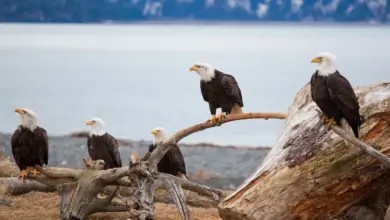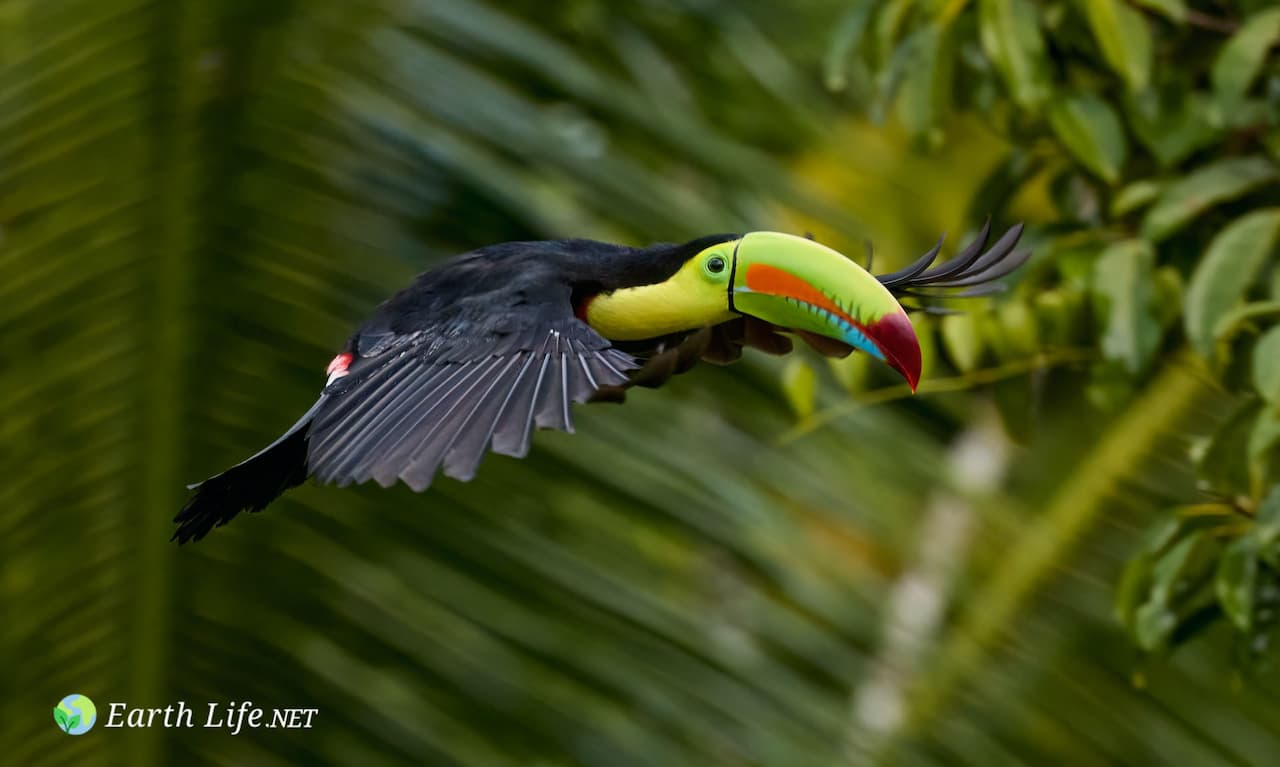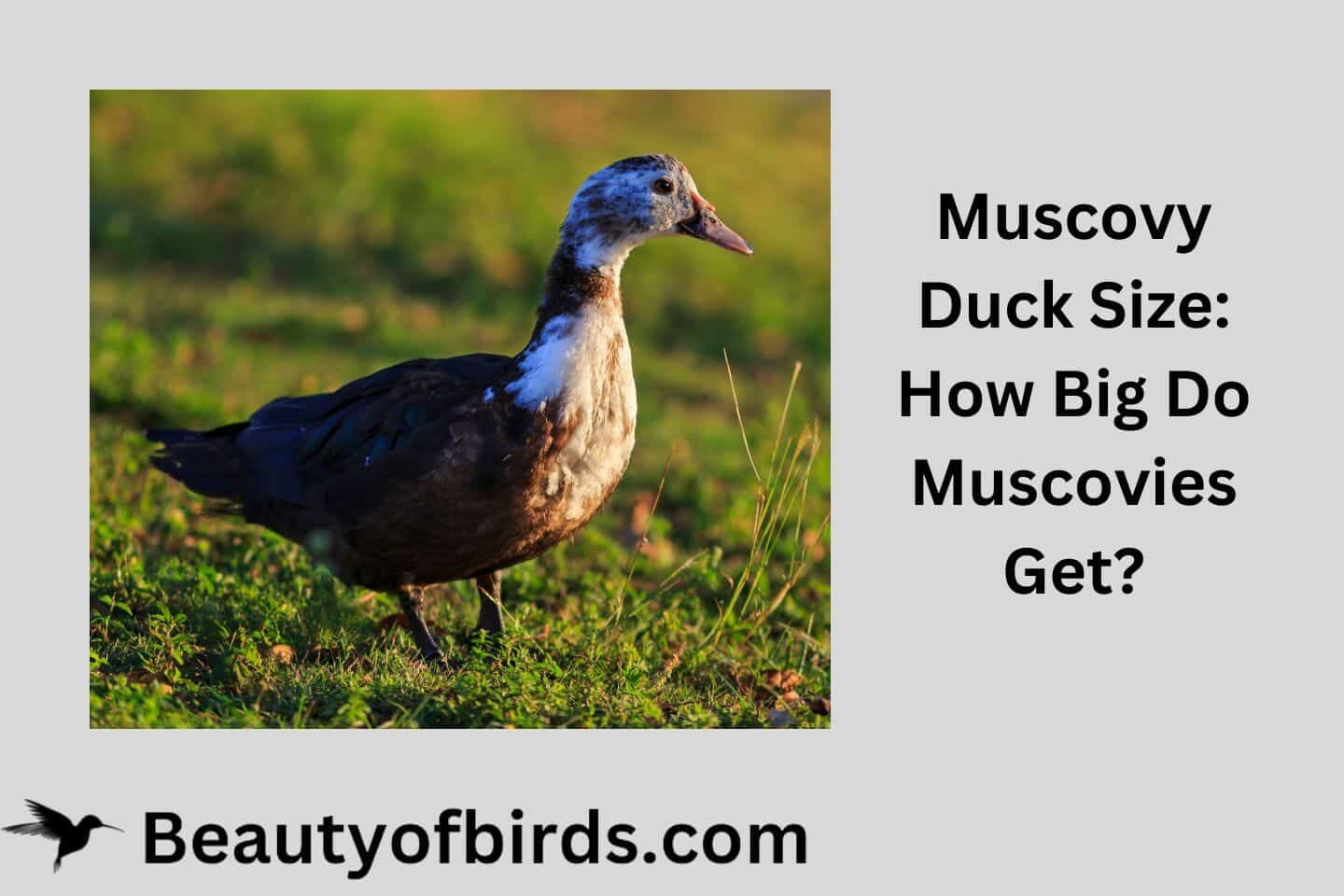Spectacled Petrel (Procellaria conspicillata)
The Spectacled Petrels, Procellaria conspicillata, is a rare seabird that nests only on the high western plateau of Inaccessible Island in the Tristan da Cunha group. It is one of the largest petrels that nest in burrows.

Description
The Spectacled Petrels is a large, approximately 55 cm (22 in) in length, predominately black petrel. It does have white bands around its eyes, and it’s bill is yellow. Their lifespan averages 26.4 years.
Range and habitat
The Spectacled Petrel is pelagic (over the sea) and during the non-breeding season, the majority of these Petrels can be found off the coast of Southern Brazil. They also range east to the west coast of southern Africa, and it is believed that they were found throughout the southern Indian Ocean, in the 19th century.
During the breeding season, they inhabit the Inaccessible Island, of the Tristan da Cunha group. In the past, they probably bred on Amsterdam Island as well.
Feeding
The Spectacled Petrel eats cephalopods, fish, and crustaceans.
Breeding
This Petrel breeds annually and will lay one egg in its nest, which is situated in wet heath above 380 m (1,200 ft). Their nests are burrows along the banks of rivers, and also in marshes.
Taxonomy
The Spectacled Petrel is a member of the Procellaria genus, and in turn is a member of the Procellariidae family, and the Procellariiformes order.
As a member of the Procellariiformes, they share certain identifying features. First, they have nasal passages that attach to the upper bill called naricorns. Although the nostrils on the Prion are on top of the upper bill.
The bills of Procellariiformes are also unique in that they are split into between 7 and 9 horny plates.
They produce a stomach oil made up of wax esters and triglycerides that is stored in the proventriculus (stomach). This is used against predators as well as an energy rich food source for chicks and for the adults during their long flights.
Finally, they also have a salt gland that is situated above the nasal passage and helps desalinate their bodies, due to the high amount of ocean water that they imbibe. It excretes a high saline solution from their nose.
In 2004, BirdLife International split the Spectacled Petrel, Procellaria conspicillata, from the White-chinned Petrel, Procellaria aequinoctialis, which had been considered conspecific (of, or belonging to, the same species) or even a color morph (genetic mutation).
Etymology
Procellaria comes from two Latin words, procella meaning a storm and arius a suffix meaning pertaining to. This is in reference to their association with stormy weather. The word Petrel is derived from St. Peter and the story of his walking on water. This is in reference to the Petrels habit of appearing to run on the water to take off.
Conservation
The species was classified as Critically Endangered by the IUCN in 2000. A subsequent study gave cautious hope for a continuing recovery of the population from an all-time low of merely some dozens of pairs in the 1930s.
Indeed it appears as if the species’ numbers have been underestimated in more recent years as an accurate census is difficult due to the rugged terrain of its island home.
Consequently, the conservation status of this species is downgraded to Vulnerable in the 2007 IUCN Red List. The 2009 assessment maintained their status at Vulnerable.
This Petrel has an occurrence range of 9,670,000 km2 (3,730,000 sq mi) and a population estimated at between 31,000 and 45,000.
Their population is trending up at between 1% and 9% over 60 years, and possibly 45% over the last five years.
The Spectacled Petrel is threatened by interactions with longline fisheries which kills hundreds of birds every year as they become entangled in the fishing lines and drown. Other threats comes from feral pigs, the Black Rat and other rat species. The Spectacled Petrel is listed on CMS Appendix II and Agreement on the Conservation of Albatrosses and Petrels.
A census was conducted in 2004, and Inaccessible Island is in nature reserve, with restricted access. To help the species other conservation measures have been proposed. Conducting surveys of the breeding population as an ongoing process.
Pushing for adoption of the best-practice mitigation measures in fisheries within this birds range, utilizing organizations such as the FAO, Agreement on the Conservation of Albatrosses and Petrels (ACAP), ICCAT.
Restricting access to prevent colonization of introduced species. Nominating Inaccessible Island for World heritage site status. Finally, looking for other breeding locations.





